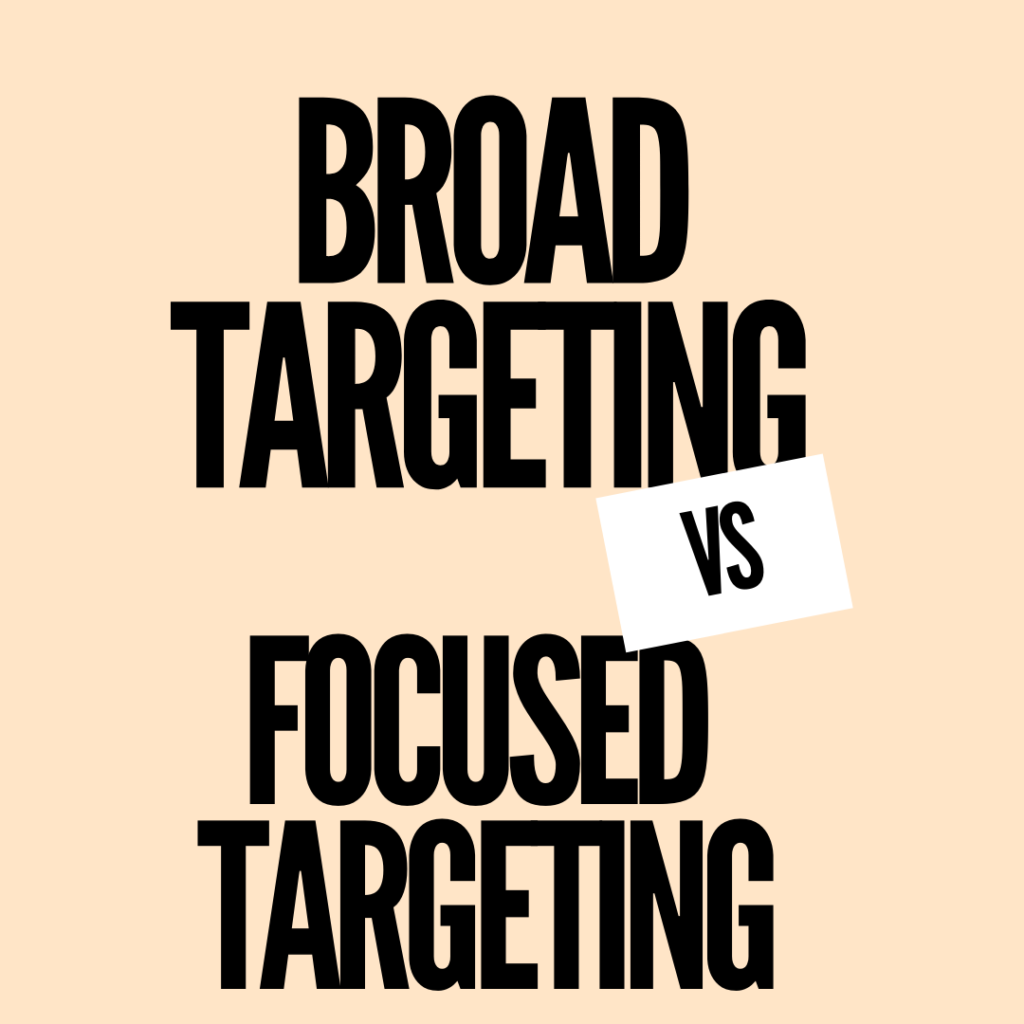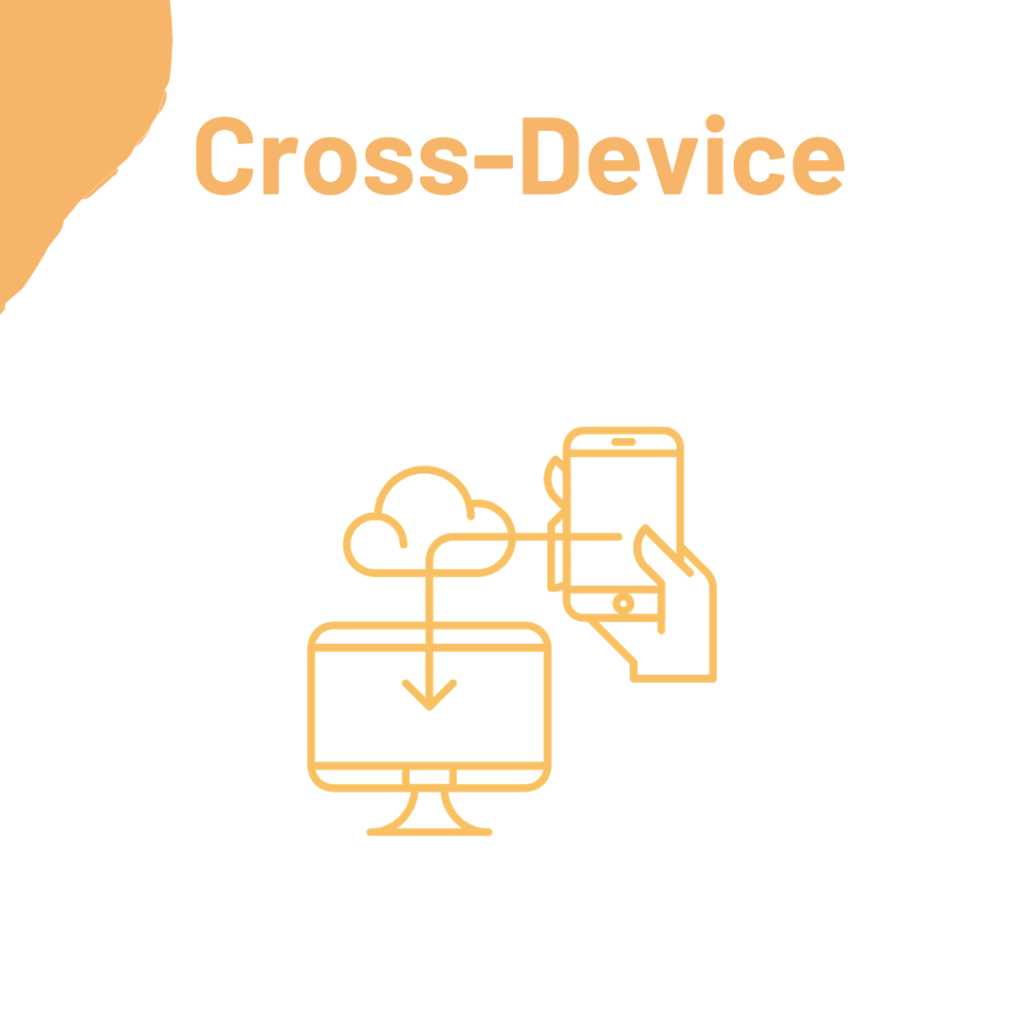
What is sales targeting?
A sales target is a revenue or unit sales objective set for a salesperson or sales department for a certain period of time. Setting sales targets helps you and your sales team stay on track to meet your objectives. Do you know that you may employ a variety of sales target types to improve your real-time revenue forecasting? Find out in the next paragraphs.
Sales targeting is the process of narrowing your target audience and marketing to them based on your industry, business, and product. You can use it to get better results for your ads by targeting your efforts to the specific geographical location, age, and gender.
Sales targeting also helps you find your ideal prospect. This is important because if you identify your ideal prospect, you will know who you should focus your efforts on for the most success.
The first step of sales targeting is to define your target market. The target market should be specific and should be based on what you are selling. A good target market for a food truck would be college students. Once you have your target market, you should define your customer. Your customer should be someone who has disposable income, is brand loyal and is looking for a specific product or service.
This blog will take a look at how sales targeting techniques can help you better market and sell to your target audience.
Why is sales targeting important?
A sales target is a goal set for a salesperson or a team that is aligned with the organization’s overall direction and strategy. If a company wants to meet a specific revenue target for a quarter or year, it must sell goods and services worth that amount. The sales team is in charge of actually closing agreements in the market and translating them into dollar-valued orders.
Sales targeting is important to your sales process, especially as you scale. You want to make sure you focus your efforts on the type of person that will convert, and not waste time trying to sell to someone who won’t buy. Sales targeting can be difficult, especially in the beginning.
There are many different ways to do it, though. The ones that have been proven to work are email marketing, social media, and cold calling. Email marketing and social media are both free and can be done with a simple website. Cold calling is more complicated and expensive, but it can yield the best results.
What is the difference between a broad and focused targeting strategy?

When you decide to build a sales funnel, you need to be sure that you are using the right targeting strategy for your desired outcome. Targeting strategy is about deciding the types of visitors you want to receive. For example, if you have a website that is a general blog, then you need to decide whether you want to upload general blog posts or niche blog posts. Another way to decide is whether you want to attract website visitors who are interested in your industry or your specialization. Once you understand what your target audience is, you can decide which advertising platforms to use, for example, social media, PPC ads, or remarketing ads.
When targeting your ideal prospects, you need to understand the difference between a broad and a focused sales strategy. Broad targeting strategies are those that are focused on a larger group of people. They might have a wide range of demographics, or they might have a large number of locations. Focused targeting strategies are much more specific. They are focused on just a few demographics and locations. When it comes to your sales strategy, you need to decide what type of targeting strategy you want to use. Broad targeting strategies will yield the most sales, but they might also be more difficult to execute. Focused targeting strategies might be easier to execute and will yield fewer sales, but they will also yield more sales. It all depends on how you want to grow your business.
How to use sales targeting to close more sales?
In any business, it is easy to fall into the trap of making the same old sales tactics. While this might work in the short term, it doesn’t work in the long term. It’s important to find new ways to make sales and sell. One of the easiest ways to do this is by using sales targeting. Businesses are always looking for more ways to increase their sales. Sales targeting techniques are a great way to close more sales.
It is important to realize that all pitches are not created equal. For example, a salesperson is given a list of prospects, and they must send out a pitch to these prospects each and every time. If, instead, the salesperson first separates the prospects into groups (based on any characteristic, like age, city, etc), they will be able to get better results by tailoring the pitch as per the characterstic. This is a more efficient way to close more sales.
In order to use sales targeting effectively, you’ll need to know what kind of salesperson you are. If you are a soft-spoken, shy salesperson, you’ll need to reach out to prospects who are confident and chatty. If you are a natural leader who likes to be in charge, you’ll reach out to prospects who want to be in charge. If you are a gregarious and confident salesperson, you’ll reach out to prospects who are outgoing. By understanding the type of salesperson you are, you’ll be able to choose the right targets.
The last thing you want to do is waste time on leads who are not interested in your product or service. Sales targeting is a process that allows you to identify the ideal prospects for your product or service. With these leads, you can close more deals and cut through the noise.
5 Effective Sales targeting Techniques:
-
The target audience

Serving advertising to certain industry leaders (based on your lead list or their role/title) is known as audience or industry targeting. A target audience is a group of people who are receiving your message or product. When you are working on selling a particular product or service, you will need to know who your target audience is in order to identify who your prospects are. This is important because you need to determine who is most likely to buy your product or service. You can figure this out by targeting your ideal prospects. When it comes to marketing your business, you want to stay in touch with the people who might buy from you. Your target audience is the ideal type of customer that you are trying to reach. It can be helpful to think about who you are trying to sell to and why. After you have a better understanding of your target audience, you can then decide how to effectively reach them. There are five effective sales targeting strategies that you can use to identify your ideal prospect. The first is to use demographics. The second is to use psychographics. The third is to use geographic information. The fourth is to use behavioral information and the last is to use content. By using any of these strategies, your sales team will be able to efficiently and effectively reach your ideal prospects.
-
Personality traits

You can choose prospects based on their online behaviors using behavioral targeting (perhaps what actions they take on your site, the products they seem most interested in). A personality profile is one of the most effective ways to target potential customers and identify what their needs are. There are many personality traits that people tend to display. You can target people with three different personality profiles. These personality profiles are introverted, extroverted, and ambivert. To target these users, you can use a pre-email or a post-email strategy. You can also use these profiles to identify whether or not you should send a personalized email. When you are trying to figure out how to target the audience, there are a few things to take into account. The first is your product or service. If your product or service is for a certain group of people, then you’ll want to know what those people are like. You’ll also want to know what their personality traits are, and how they are like or unlike your typical customer. Some personality traits that you might want to consider when you are targeting your audience are their education, their socioeconomic status, and their motivation.
-
Changing the target audience
Sales target audience is always changing. The audience you initially started with may at some point stop delivering the desired results. At such a point you may need to change your target audience. You can do this by changing the demographics of the people you are targeting. This can be done by changing your geographical location. For example, if you are targeting people in the United States, you can change your target audience to people in a different country. Similarly, if you are targeting people who are interested in a specific topic, you can instead target a more specific niche or pull back and target a broader topic. Additionally, you can target people based on their interests. For example, if you are selling running shoes, you can target people who have a running shoe in their profile. You can also target people based on their search history. For example, if you are selling a new book, you can target people who have been searching for “the next big novel.”
-
Use of a cross-device

Cross-device targeting entails tailoring targeted adverts to prospects on a variety of devices. Data on how and when they use these devices is captured, allowing you to retarget an ad to them on another device (such as their computer) after they’ve already visited your site on their phone. The technique of finding your ideal prospects using cross-device targeting is a tried and tested way to find the right person to target. This technique is an easy way to effectively find the right person for your pitch. The first step would be to establish a list of your ideal prospects. These would be people that are in the same industry and use the same type of product or service as you. You would then search for these people by name in your cross-device campaign. You would also want to make sure that you are targeting them in the right place. If you are targeting people in a specific geographic location, you want to make sure that it is the right location for your campaign. The final step would be to refine your list. You would want to make sure that you are only targeting the right people, who are likely to buy your product or service.
-
Contextualization
Contextual targeting entails determining what type of material your prospect is most likely to read and then giving them advertising related to those themes. Marketers can make bids on certain keywords and choose to have their advertisements appear next to content that is relevant to their target audience. Contextualization is an effective sales targeting strategy that works because it is the key to unlocking the right customers. So, how do you make the most out of contextualization? This blog post shares 5 effective sales targeting strategies to identify your ideal prospects. When it comes to selling your products and services, it’s important to understand the needs of your ideal prospects. The best way to figure out what they need is to ask them. There are many ways to ask your prospects, and one of the most popular methods is through surveys. However, surveys only allow you to ask a certain number of questions, and you might not be able to fully understand your prospects’ needs. That’s where contextualization comes in. Contextualization involves understanding your customers’ needs and finding a way to meet them. This is typically done through observation. You should be looking for commonalities in your prospects. What they need is what you need, so finding the commonalities could be your key to success.
To select the finest marketing targeting approach, you must first identify your target segment, then ask yourself a few questions that will determine your marketing mix, and then put the plan into action.
Contextual targeting entails determining what type of material your prospect is most likely to read and then giving them advertising related to those themes. Marketers can make bids on certain keywords and choose to have their advertisements appear next to content that is relevant to their target audience.
To select the finest marketing targeting approach, you must first identify your target segment, then ask yourself a few questions that will determine your marketing mix, and then put the plan into action.
Conclusion
We hope you enjoyed our blog post about sales targeting. We know that sales targeting is an integral part of any sales process. With that said, before you take any step, make sure you have a solid plan in place. Don’t just jump in without knowing what you’re doing! Use the tips we provide in this article to make sure your plan is strong and comes through in the end. We also want to let you know that you can contact us anytime by visiting the site. Thank you for reading, we are always excited when one of our posts is able to provide useful information on a topic like this!


